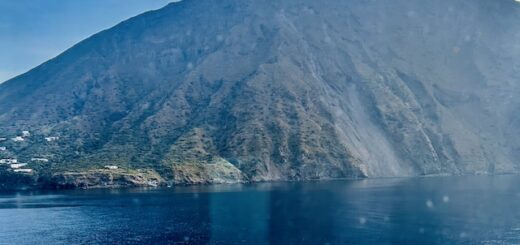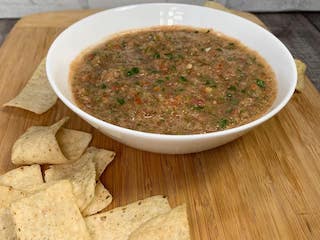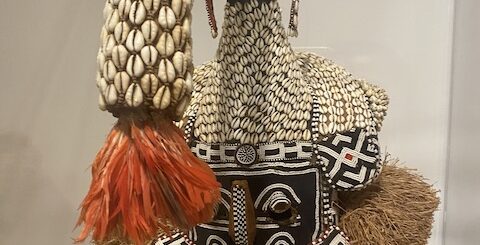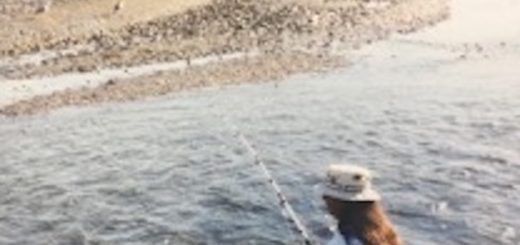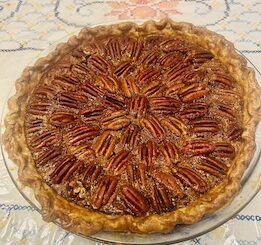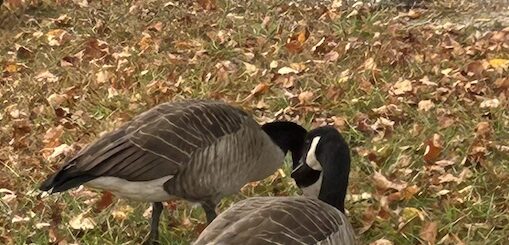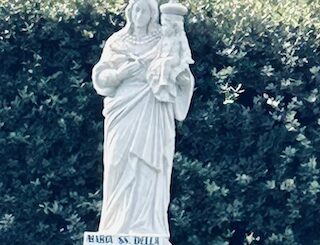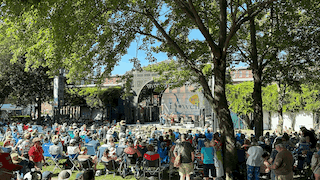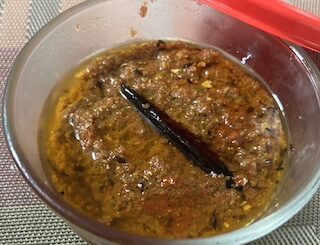Pululahua Crater, Quito, Ecuador

Pululahua Crater, Quito, Ecuador
As I already mentioned in my last post that when we finished our Teleferico ride, we hired a taxi, and that the taxi driver, José Gaulan agreed to take us to some of the very important sites in the vicinity that we agreed upon before he would take us back to our apartment. He suggested that we should begin with Pululahua Crate to be there while we still have day light, and clear weather. Pululahua Volcano is dormant for 2000 years. And all the land around Pululahua crater is a botanical reserve declared by the Ecuadorian government to protect all the species that live on the slopes of cloud forest. But the most notable and intriguing feature of Pululahua Crater is that it is inhabited. We have visited many volcano craters around the world, but a chance to actually witness this unique phenomenon of people living inside a crater blew my mind, and made it insanely appealing to me. I could hardly wait to see it.
Though it was relatively late and the day was waning fast when we got there, the weather was still clear, and hope of seeing the crater was still a reality. There was no entrance fees to the Pululahua Crater, but we had to register by giving personal identification information for each person in our group before we could proceed to the visitors’ center. Visitors’ center was so close to the crater’s rim that chances of great photos were in the realm of real possibility, except as we approached, clouds moved-in, blocking the light from the surface of the crater in a blink of an eye and covered the whole area reducing visibility down to almost zero. I was totally dismayed and did not even want to go down the trail, while Zaheer and Rizwana went down and took pictures, I now regret not going down. Instead, we decided to visit the artisan market and talked to the sales person and looked at her craft items. That Store was choked full of hand carved jewelry, crafts and clothing items inspired by the traditions of North American Indians. As we wandered around, we saw Zaheer, and Rizwana, my brother and sister-in-law, shopping and they decided to get me a beautiful snow white cloak which will be useful this winter. Thanks guys!
When I came out of the store, I could not resist going back to the crater just for a final look, because I knew that it would be final and we would never go back there ever again. Suddenly I was frozen in my tracks with total disbelief that the clouds were thinning out, may be not as fast as they had enveloped the crater earlier; nevertheless, slowly giving way to clarity and making the crater visible to human eye and the camera eye as well. I took burst photos in the hope of capturing, at least one with some semblance of reality for posterity. I did get that clearer shot in which we could see houses and farms to confirm that people actually do live inside Pululahua Volcano Crater. Farms and houses are clearly visible where people live and farm. Apparently, inhabitants are farmers’ families who grow grains, corn, quinoa, and raise cattle for a living. While their agricultural produce sustain the population on the crater, it also brings them profits with the sales of surplus.
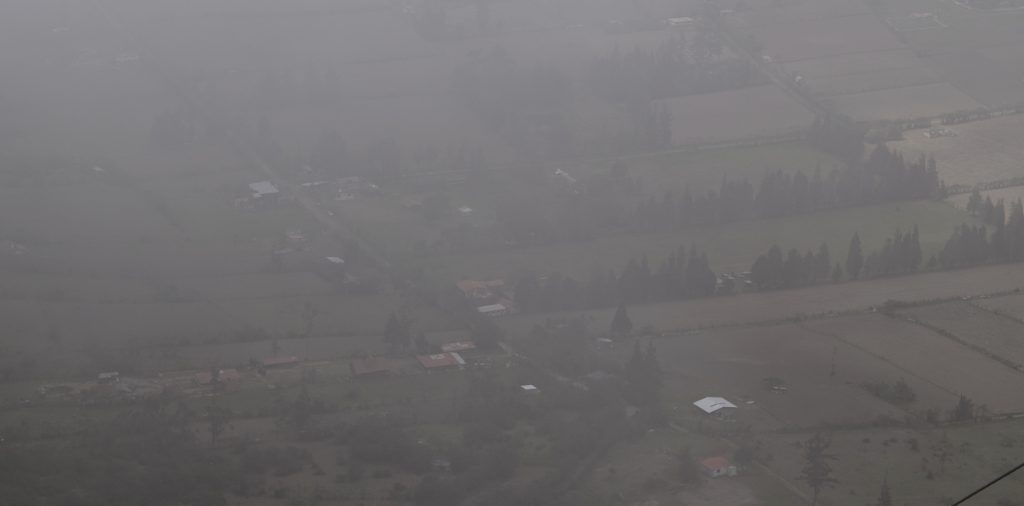
1 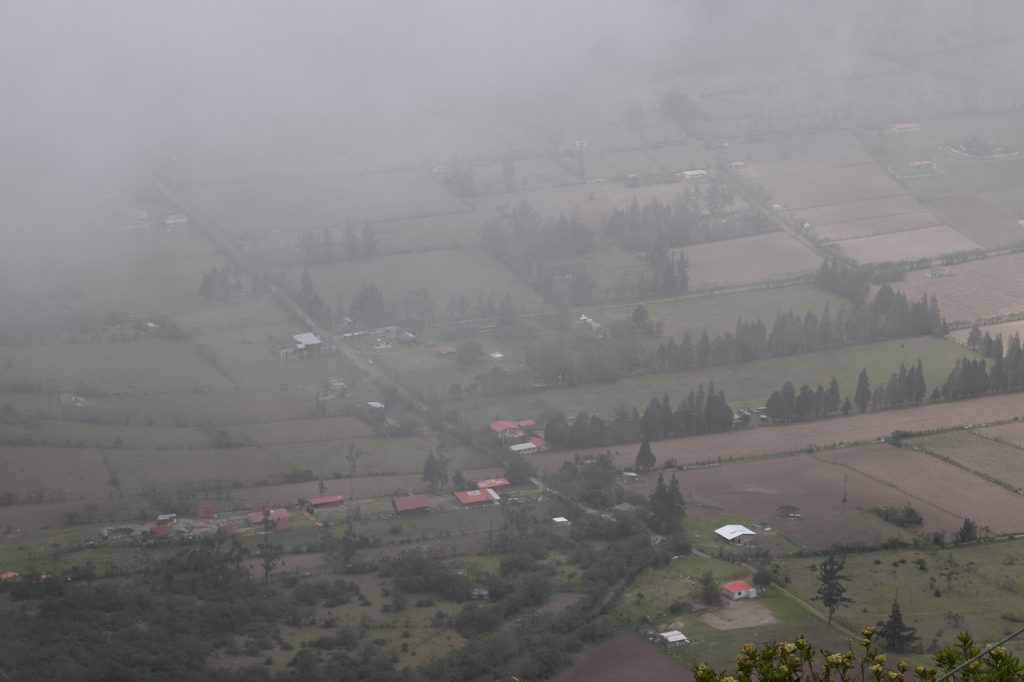
2 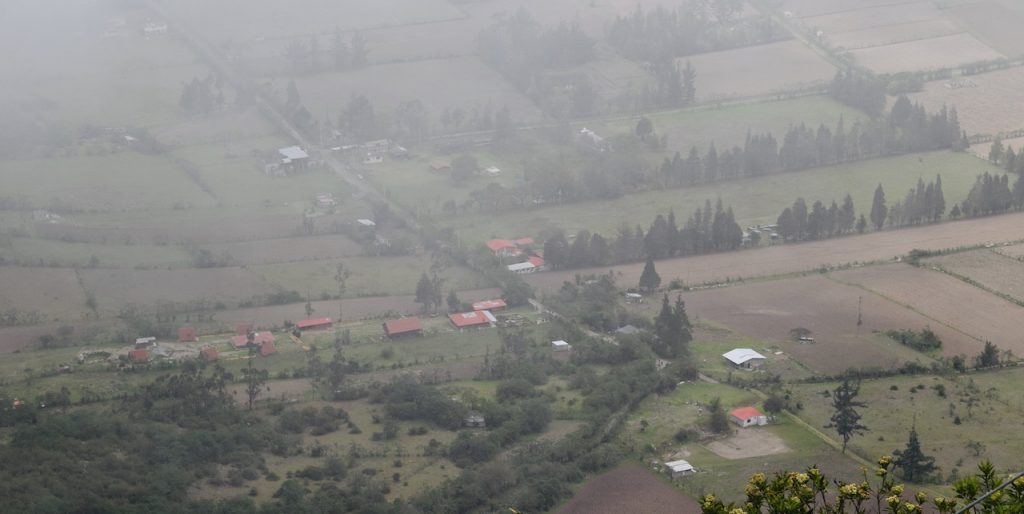
3 Clearest photo of Pululahua Crater
As I stood there, I saw a teasing cloud forest moving in again with amazing speed as it had done before. At this point, I thanked God for emergence of enough light for us to see living, breathing Pululahua Crater, and and capture it on the camera.
It was time for us to move on and head out to our next destination, Intiñan museum.


